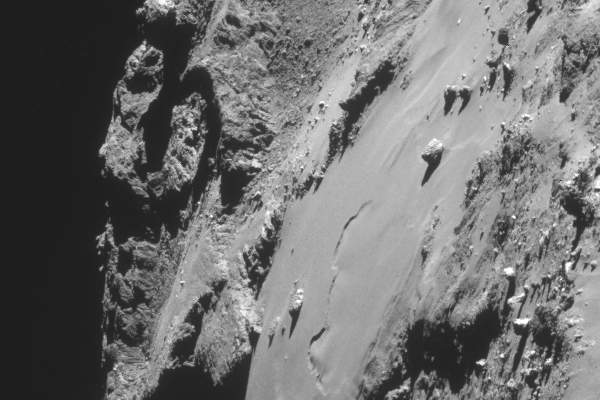Mars orbiters survive comet fly-by
Press releases from science teams for Mars Reconnaissance Orbiter, MAVEN, and Mars Odyssey confirm that all three spacecraft are functioning properly after Comet Siding Spring’s fly-by of Mars today.
All three spacecraft also did observations of the fly-by, the data of which will take a few days to download. Stay tuned.
Update: Europe’s Mars Express and India’s Mangalyaan orbiters are also reported to have escaped damage during the fly-by.
Press releases from science teams for Mars Reconnaissance Orbiter, MAVEN, and Mars Odyssey confirm that all three spacecraft are functioning properly after Comet Siding Spring’s fly-by of Mars today.
All three spacecraft also did observations of the fly-by, the data of which will take a few days to download. Stay tuned.
Update: Europe’s Mars Express and India’s Mangalyaan orbiters are also reported to have escaped damage during the fly-by.


